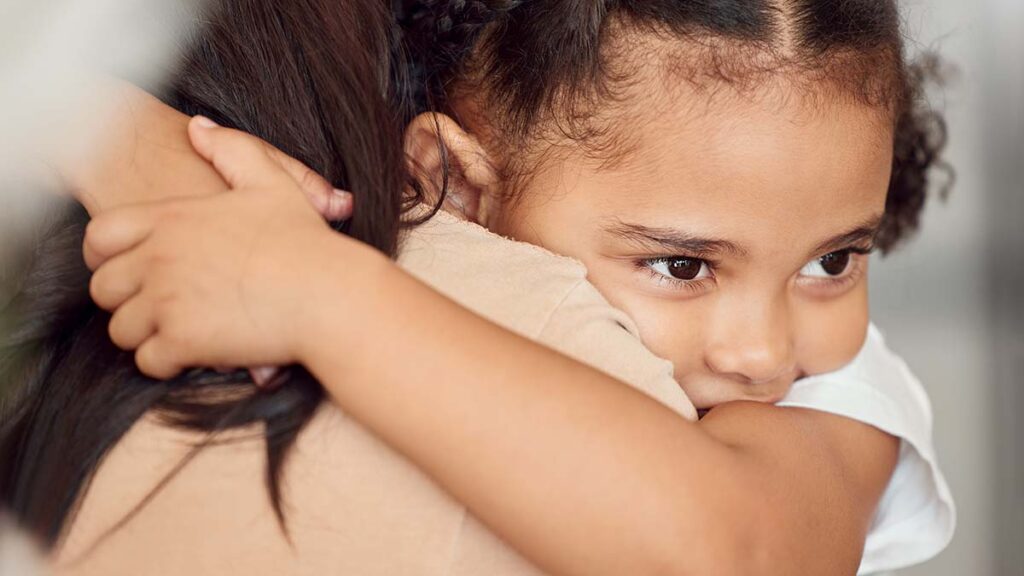Cancer is a devastating diagnosis, regardless of age. But childhood cancer can be especially heartbreaking, as children are expected to be in the prime of their lives. Childhood cancer is a rare disease, accounting for only 1 in 285 deaths of those under the age of 19.
Despite this rarity, childhood cancer continues to be a major public health problem that affects thousands of families each year.
It’s important for parents and caregivers to know what signs and symptoms to look out for so they can seek medical attention if needed. Understanding childhood cancer and learning about its symptoms can help you respond quickly if your child shows signs or experiences any unusual feelings or discomfort.
Types Of Childhood Cancer
The most common types of childhood cancers include;
Leukemias (cancer that starts in the white blood cells)
Brain tumours (tumours that start in the brain or spinal cord)
Lymphomas (cancer that begins in the immune system)
Rhabdomyosarcoma (cancer that starts in soft tissue like muscles) and
Wilms tumours (kidney tumours).
Other childhood cancers include neuroblastoma (cancer that starts in nerve cells) and retinoblastoma (cancer that starts in eye tissues). While these cancers are relatively rare, it’s important to be aware of them so you can seek medical help if needed.
Signs And Symptoms Of Childhood Cancer
The signs and symptoms of childhood cancer vary from one type to another but there are some common ones like fever, weight loss, bone pain, headaches, and dizziness or balance problems.
These symptoms may appear alone or together without any clear reason why they have occurred. It is important to take note when these signs come on suddenly or last longer than usual as this could indicate something more serious going on with your child’s health.
Additionally, pay close attention to changes in appetite, fatigue, or tiredness lasting longer than usual as well as lumps or bumps appearing on your child’s body that don’t go away after a few days – all these could be potential signs of childhood cancer and should not be ignored.
Diagnosis And Treatment Of Childhood Cancer
If you notice any signs or symptoms listed above it’s best to make an appointment with your pediatrician who will conduct a physical exam before referring you to a specialist for further tests such as blood tests, imaging scans, biopsies, etc. If childhood cancer is diagnosed early enough then treatment usually involves chemotherapy which aims to kill off all remaining cancer cells followed by surgery which removes any remaining tumour from the body – radiation therapy may also be used depending upon individual cases. Fortunately, due to advances made within the medical field over recent years, many types of childhood cancers now have higher survival rates than ever before!
Childhood cancer is thankfully not nearly as common as other diseases diagnosed among children. However, it’s important that parents remain vigilant nonetheless – by being aware of potential warning signs they’re able to act quickly should they notice anything out of the ordinary happening with their child’s health.
Early detection plays a huge factor when it comes to battling this particular disease so ensure you keep an eye out at all times – with advances in medicine many childhood cancers now have much higher survival rates so don’t panic if something does arise. Seeking medical help right away is key.
Need to speak to a doctor? Click HERE.

